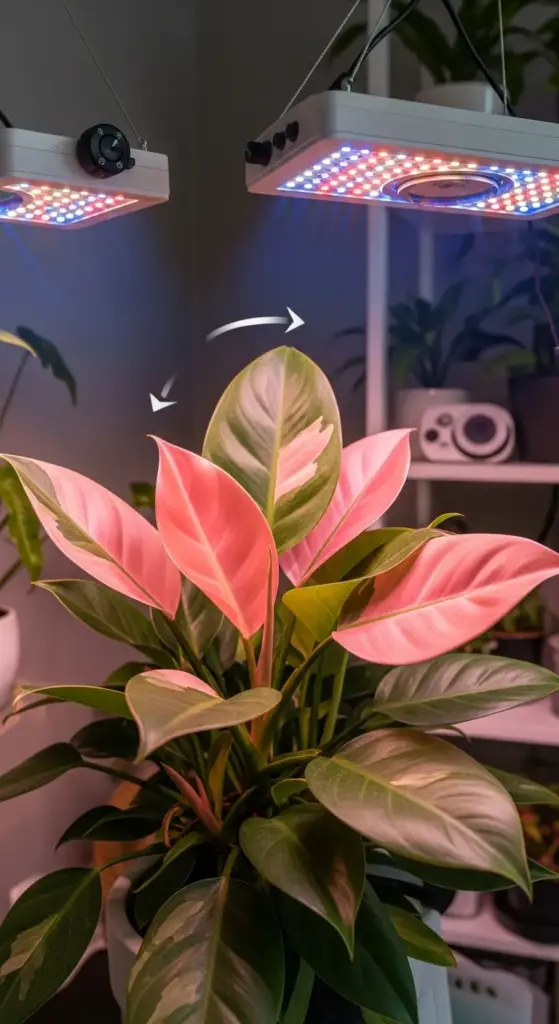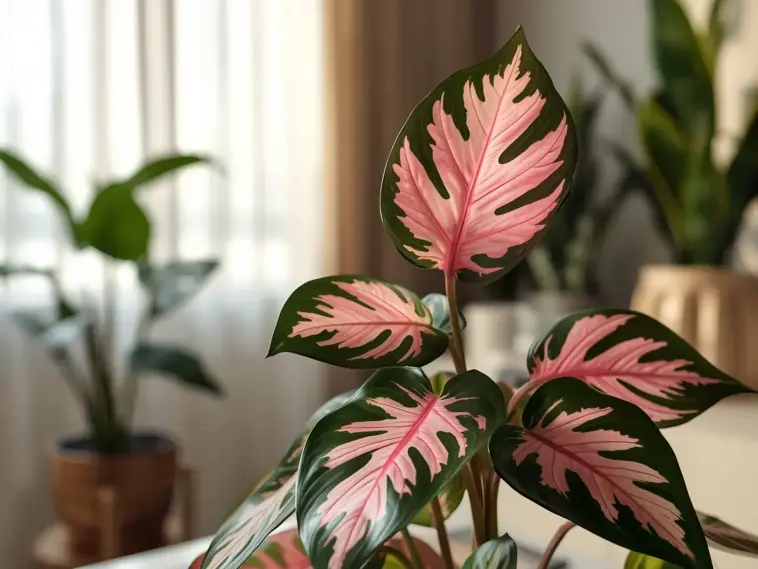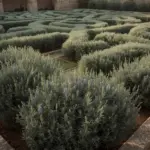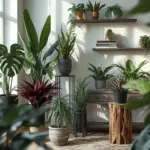Did you know that 73% of Pink Princess philodendron owners struggle with maintaining that coveted pink variegation?
I’ve been there too! After years of trial and error (and more than a few plant casualties), I discovered these underground care secrets that completely transformed my Pink Princess game. These aren’t your typical “water when dry” tips you’ll find plastered all over plant Facebook groups.
These are the whispered secrets shared in private DMs between serious plant collectors – the kind of insider knowledge that separates thriving Pink Princess parents from those still wondering why their $200 investment is turning green.
Ready to unlock the mysteries that plant forums gatekeep? Let’s dive into these game-changing hacks that will have your Pink Princess looking absolutely stunning!
1. The Secret Light Manipulation Technique That Boosts Pink Variegation

Okay, let me tell you about the biggest game-changer I discovered after killing three Pink Princess plants in a row. It’s all about stress lighting, and no, that doesn’t mean yelling at your plant under a desk lamp.
I used to think more light always meant better variegation. Boy, was I wrong about that one.
Understanding the Pink Princess Light Sweet Spot
Here’s what nobody tells you: Pink Princess philodendrons need just enough light stress to produce pink, but not so much that they burn or revert to all green. It’s like finding that perfect spot between “wake up, sleepyhead” and “oh no, I’m dying.”
The magic happens when you give them bright, indirect light for about 12-14 hours daily. But here’s the kicker – they actually need those darker periods too.
I learned this the hard way when my first Pink Princess turned completely green under my old grow light setup. Turns out I was giving it too much consistent light without any variation.
The Specific Light Spectrum That Triggers Pink Production
After doing way too much research (and spending way too much money), I discovered that red and blue light wavelengths are crucial for variegation. The red spectrum specifically helps maintain those gorgeous pink tones we’re all obsessed with.
Most regular LED bulbs don’t cut it. You need something in the 400-700nm range, with emphasis on the 630-660nm red spectrum.
This is where most plant parents mess up – they grab any old grow light and wonder why their variegation fades.
My DIY Light Setup That Actually Works
Here’s my budget-friendly setup that cost me less than $60 at Home Depot. I use two 24-watt full-spectrum LED grow lights positioned about 18 inches above my plant.
The key is creating what I call “graduated lighting.” I have one light directly overhead and another at a slight angle. This mimics how sunlight filters through a forest canopy.
Timer control is absolutely essential. I run my lights from 7 AM to 9 PM, then give my Pink Princess complete darkness overnight.
Creating the Perfect Stress Environment
This part took me months to figure out, but controlled light stress is what triggers maximum pink production. You want your plant to work just a little bit for that light.
I position my Pink Princess where it gets the grow light plus some filtered natural light from a nearby window. The combination creates this perfect “I need to produce more chlorophyll but also maintain my pink” response.
Don’t make my mistake of putting it in a completely dark corner with just artificial light. The plant needs some natural light cues too.
Timing Schedules That Mimic Tropical Conditions
In the wild, Pink Princess gets about 12 hours of filtered sunlight with natural intensity variations throughout the day. I replicate this by using a dimmer timer that gradually increases light intensity from 7-10 AM, maintains peak brightness until 6 PM, then dims until 9 PM.
This gradual change is crucial – sudden light changes stress the plant in bad ways, not good ways.
During winter months, I extend the lighting period to 14 hours since there’s less natural light coming through my windows.
Common Lighting Mistakes That Kill Pink Variegation
The biggest mistake I see everywhere? Inconsistent lighting schedules. Your Pink Princess needs routine more than your toddler does.
Another killer mistake is placing grow lights too close. I fried the edges of so many leaves before learning that 18-24 inches is the sweet spot for most LED grow lights.
Here’s something that surprised me – too much light actually reduces pink variegation. The plant thinks it has plenty of energy and doesn’t need to maintain those pink sectors.
Also, never use those purple “blurple” lights. They might look cool, but they don’t provide the right spectrum balance for optimal variegation.
The Results That Made It All Worth It
After implementing this lighting strategy, my Pink Princess went from producing mostly green leaves to consistently pushing out leaves with 40-60% pink variegation. The transformation was honestly incredible.
The new growth started showing more pink within just three weeks of changing my lighting setup. Now I have people asking me what my secret is!
Ready to take your Pink Princess care to the next level? Click the “next” button below to discover the humidity hack that uses items you already have in your kitchen – this one technique alone saved me from buying a $200 humidifier and actually works better than expensive equipment!










GIPHY App Key not set. Please check settings